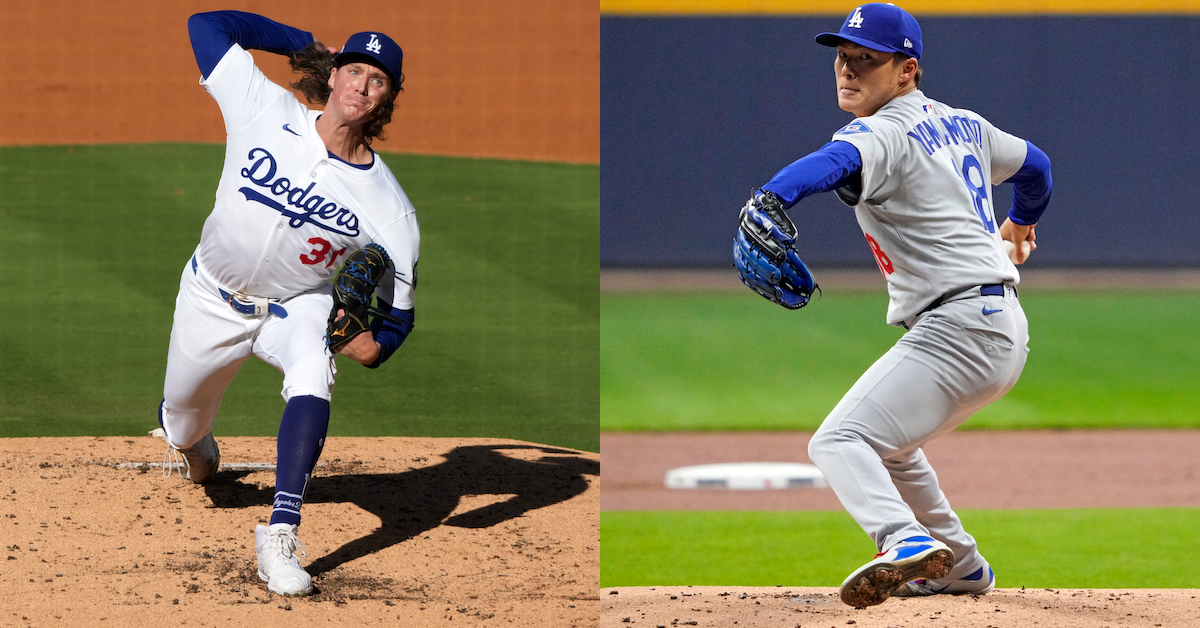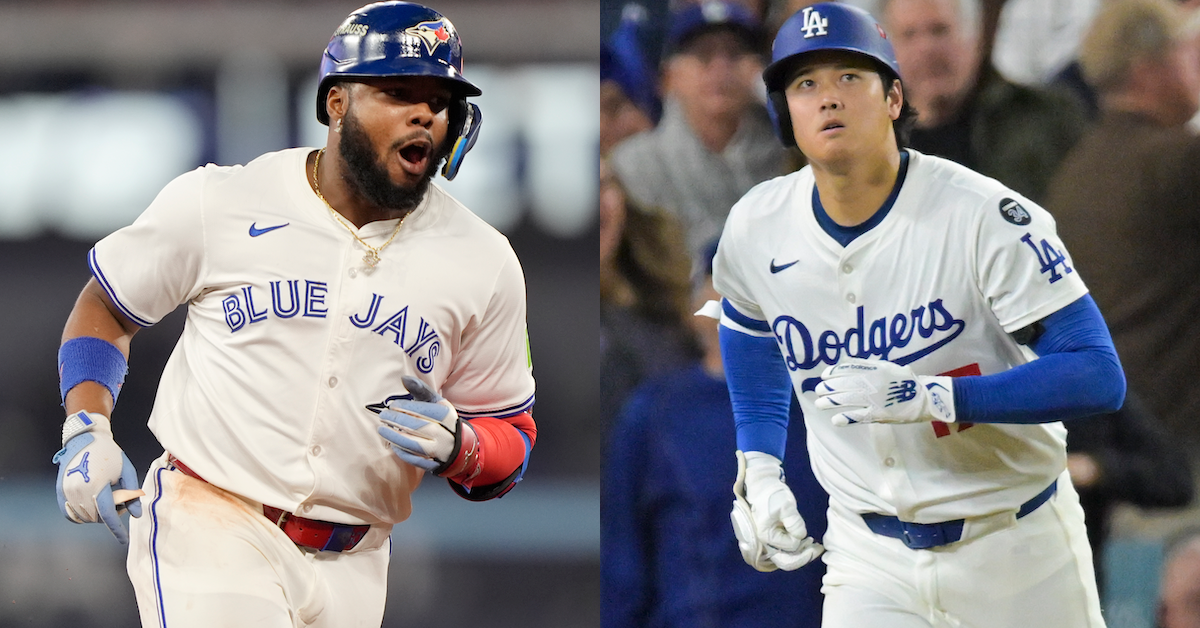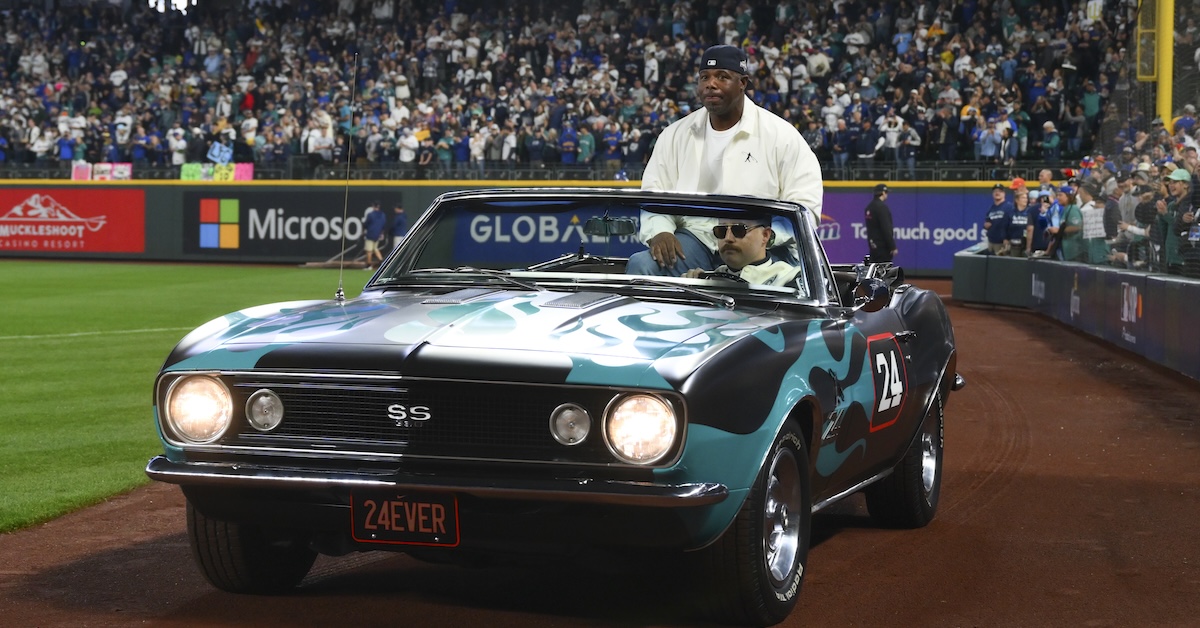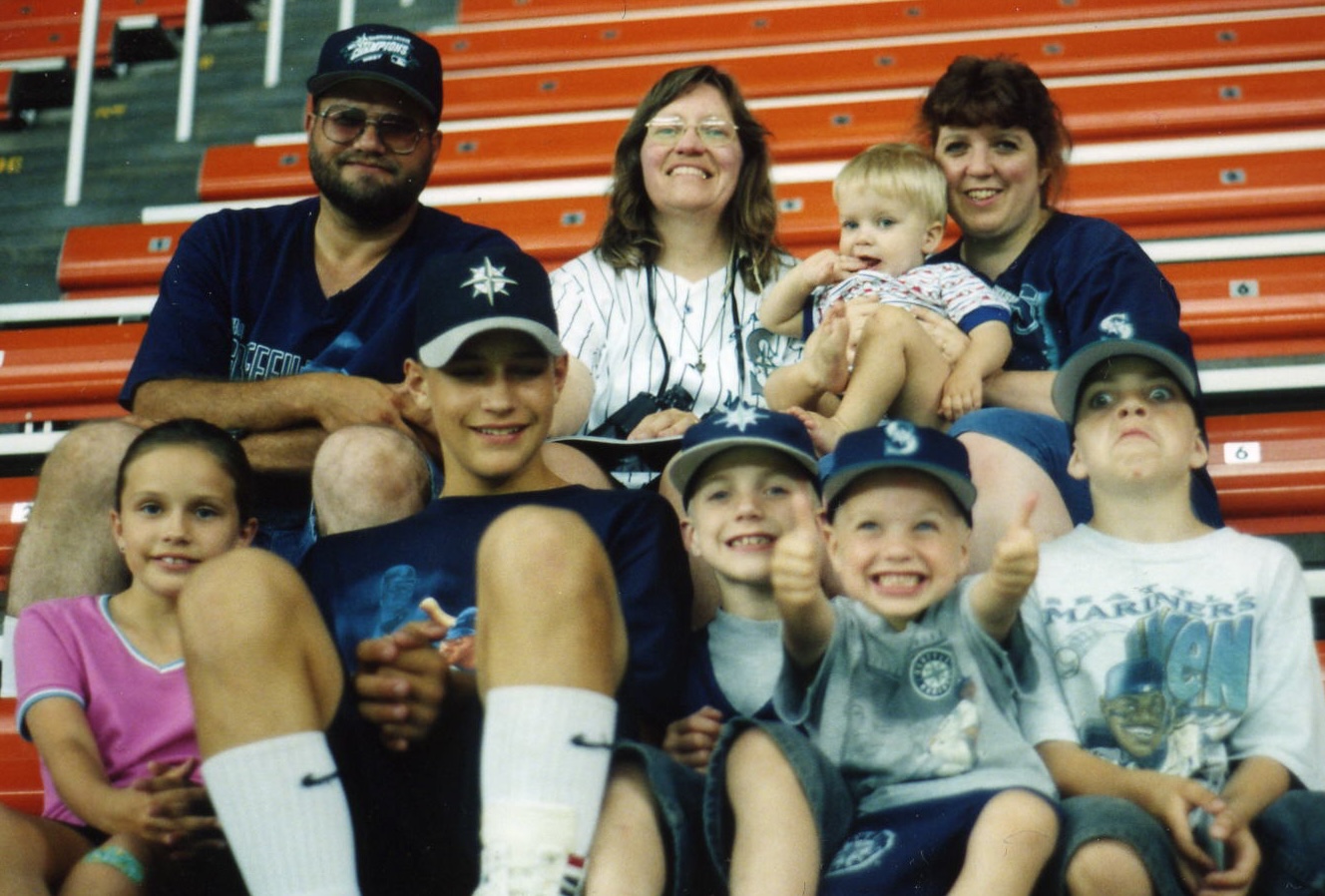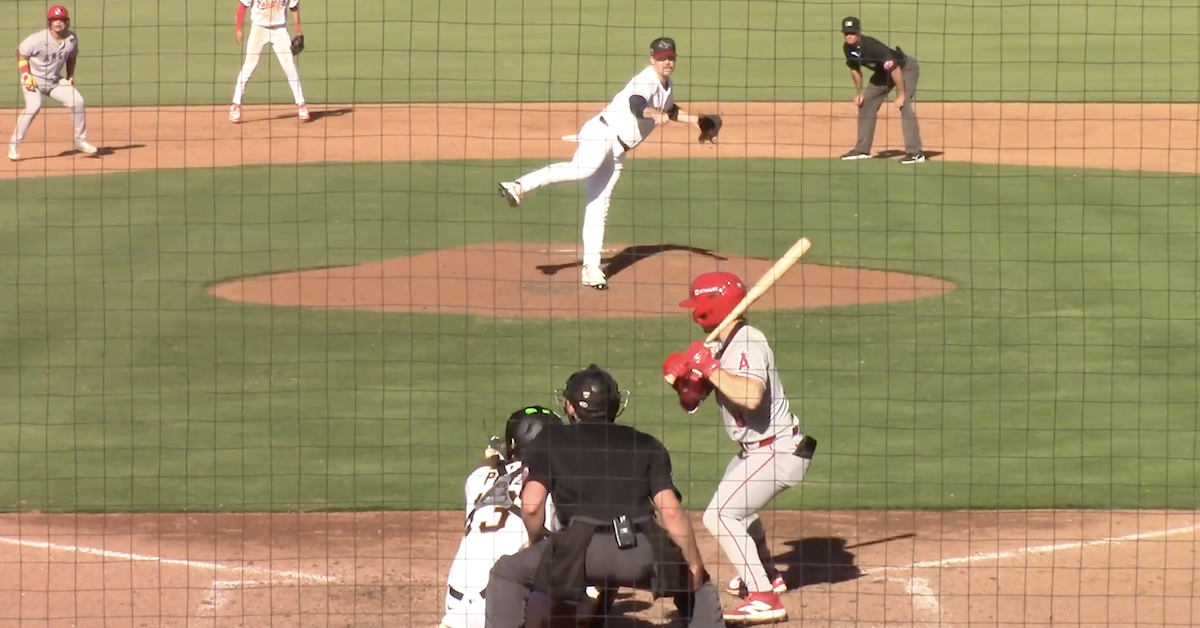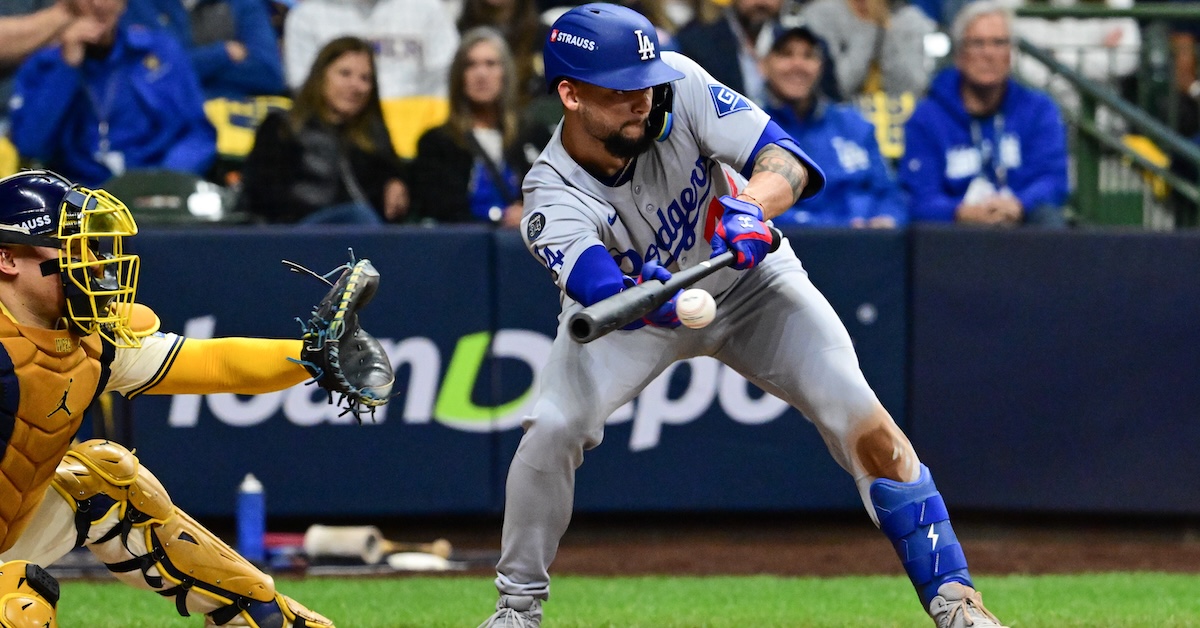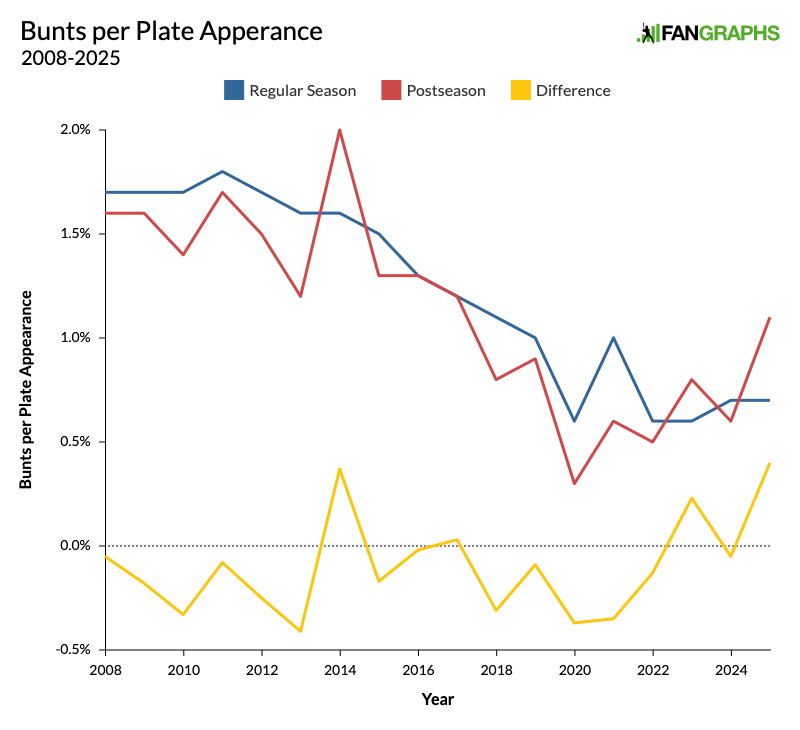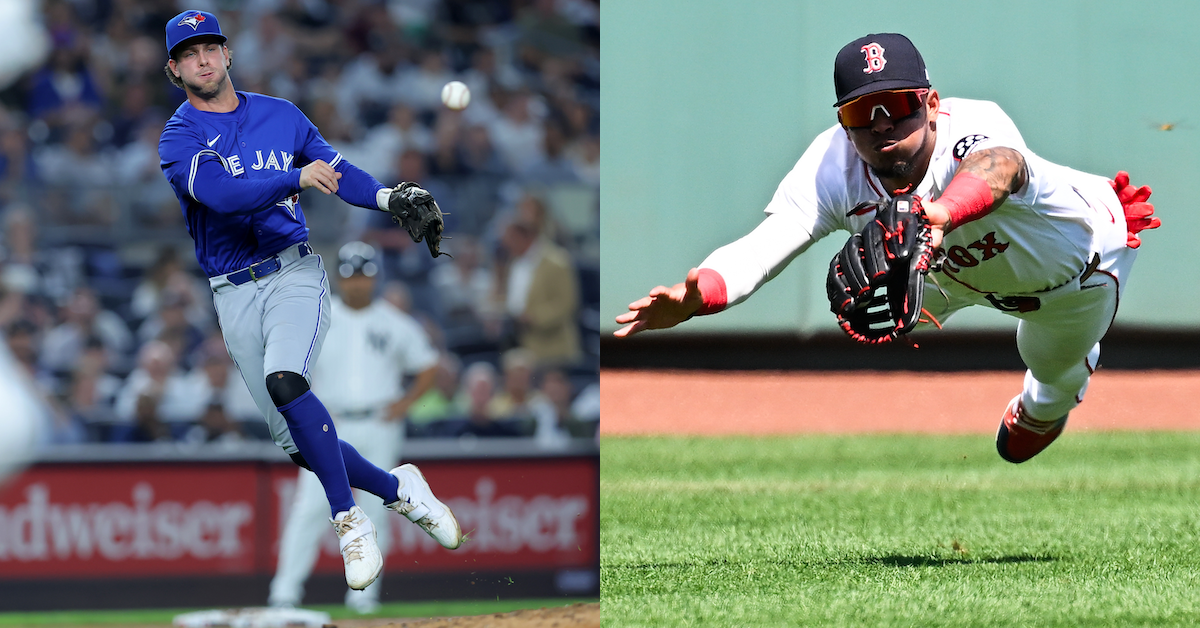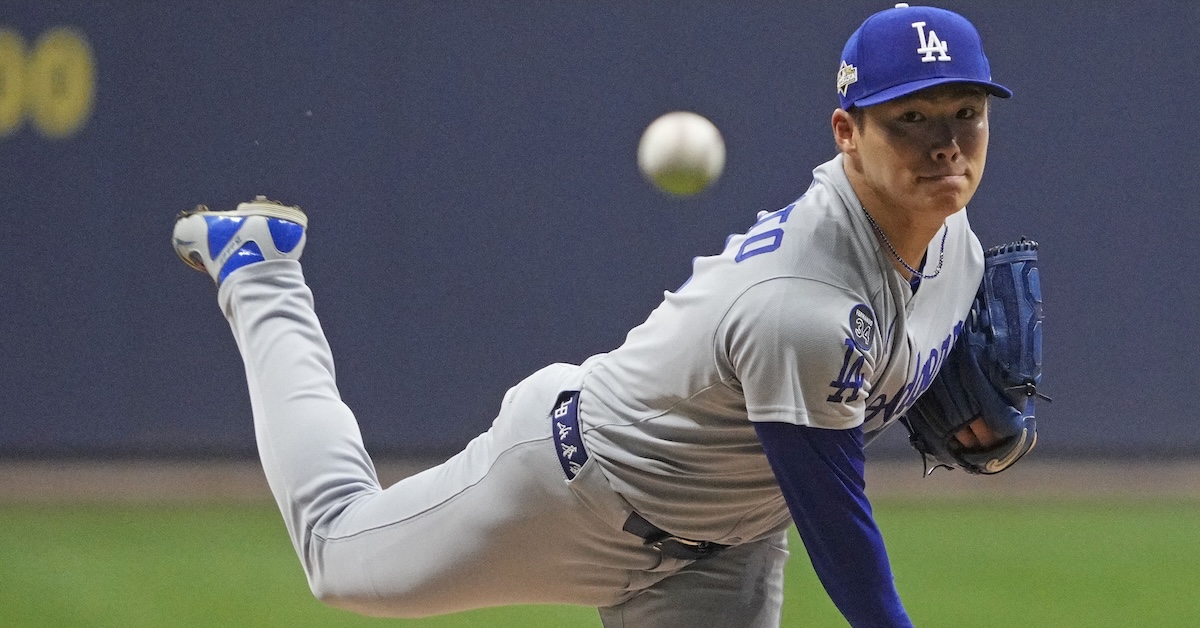Analyst, Pitching Integration
Overview
Member of the Arizona Diamondbacks pitching infrastructure, specializing in the application of biomechanics and performance data to support developmental initiatives and systems. Serves as the conduit between multiple departments, presenting information to coaches, front office, strength & conditioning, and training staff to drive action in the player development space while also collaborating with the Baseball Systems team to incorporate biomechanical data into usable applications capable of supporting multiple departments. Based in Arizona, this individual will also be responsible for operating our pitching lab space.
Duties & Responsibilities
System Development & Biomechanics
- Collaborate with the Baseball Systems team to design and refine applications/tools that can enhance the efficiency and effectiveness with which biomechanical data is integrated into the pitching development process.
- Translate biomechanical data and assessments into clear, actionable insights for coaches, coordinators, and players.
Lab & Technology Oversight
- Facilitate lab scheduling throughout the year with the front office, ML Staff, and Pitching Coordinator group.
- Operate the pitching biomechanics lab space, including motion capture systems, force plates, and other tech.
- Ensure data collection is accurate, reliable, and consistent across environments.
- Interpret and communicate lab findings to the pitching department, S&C, and Medical staff for use in player plans.
Monitoring & Flagging Performance Trends
- Track and flag pitcher performance indicators such as velocity drops, shape/axis changes, release consistency changes, spin and spin-axis variations, and usage trends/workload patterns.
- Raise objective flags to the pitching coordinator group and coaching staff with clarity and urgency when needed.
Cross-Department Communication
- Serve as a conduit from Player Development/ML Staff to the Baseball Systems and Sports Medicine Performance Team.
- Present findings in coach and player friendly formats that simplify complexity without losing depth.
- Provide ad hoc biomechanical assessments in the player procurement process.
- Contribute to org-wide discussions through internal research on workload management, pitcher health, and development strategies.
Travel & On-Site Presence
Work on-site in Arizona at Salt River Fields, ensuring presence in the lab.
Knowledge / Skills / Abilities
- Communicator – excellent written and verbal communication skills, capable of connecting with coaches, players, and staff; able to effectively communicate biomechanical insights across a range of stakeholders.
- Systems Oriented – ability to design frameworks that turn complex data into usable, repeatable processes.
- Technical Skillset – proficiency in R, Python, or similar, as well as SQL preferred; applied experience with data visualization.
- Biomechanics Expertise – foundation in pitching biomechanics a plus, ideally with prior experience in applied baseball settings.
- Problem-Solver – proactive in identifying issues and offering solutions.
- Collaborative – thrives in cross-department environments, balancing scientific rigor with practical coaching needs.
- Forward-Thinking – motivated to push the biomechanical analytics space forward and keep the organization on the cutting edge.
Experience / Education Requirements
- Preferred degree OR professional experience in biomechanics, kinesiology, sports science, or related field.
- Experience applying biomechanics within baseball or high-performance sport is a plus.
- Professional experience in a quantitative position is a plus.
- Preferred technical skills with motion capture and ball flight data.
To Apply
Please email bbopsjob@dbacks.com with the subject line “Pitching Integration”.
The content in this posting was created and provided solely by the Arizona Diamondbacks.
